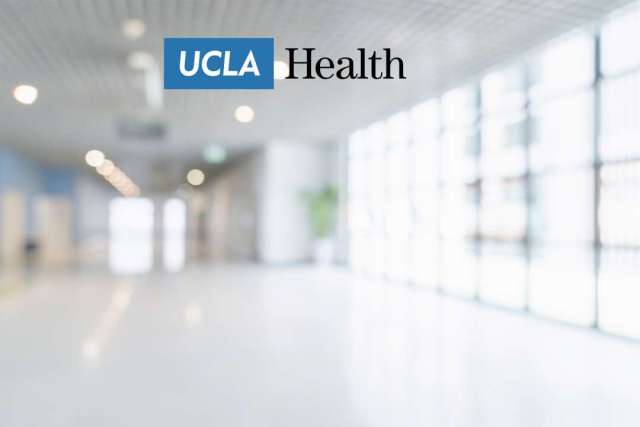One of the nation's leading voices in patient care and safety says that the key to successfully navigating the challenges and changes that health care reform will bring is the ability to "reimagine and redefine" what nursing is all about.
"The addition of as many as 35 million more people with health insurance will create enormous demands that the current system is simply not prepared to handle," said Courtney Lyder, dean of the UCLA School of Nursing. "Today's shortage of primary care physicians will only be exacerbated unless we look to nurses and nurse practitioners to fill the gaps in providing needed care."
Presently, nurses make up the largest segment of the health care workforce, with more than 3 million nursing professionals in the U.S. and as many as 19 million worldwide. Still, Lyder believes that most people are not aware of the many roles nurses play or of the fact that they are the "heart and soul" of medical institutions across the U.S. and around the world.
"Without too much fanfare, and away from the media spotlight, nurses are redefining and expanding their roles, championing quality-of-care improvements, spearheading research innovation, advocating for patients' rights and generally challenging the status quo," Lyder said. "And they have been doing all this while not surrendering their historical role as patient advocate and trusted bedside clinician."
Still, according to Lyder, nursing's greatest role may lie ahead.
Even before health reform, the Association of American Medical Colleges predicted a shortage of primary care physicians, estimating that an additional 45,000 would be needed by 2020 to keep up with demand. But fewer and fewer students in medical school are choosing primary care medicine, opting instead for specialties that may bring a higher income, more prestige and a less demanding lifestyle.
The professionals most qualified to fill this primary care gap are nurse practitioners, Lyder said. Nurse practitioners are registered nurses who have completed graduate-level education (either a master's or doctoral degree) and who are able to deliver some medical care without the direct supervision of a physician. This includes prescribing or renewing prescriptions for most drugs (California is the only state where this can't be done); ordering blood tests; performing routine medical examinations; monitoring chronic conditions; counseling patients about prevention; and treating colds, sore throats and the flu.
In recent years, many states have expanded the scope of duties that nurse practitioners and physician assistants are allowed to perform. For example, Montana allows nurse practitioners to work without any doctor supervision. By contrast, Texas requires a doctor's direct, on-site supervision at least 20 percent of the time. Twenty-eight states are debating further loosening restrictions that prevent nurse practitioners and physician assistants from performing more tasks independently.
"Nurse practitioners not only have the academic credentials but on average have already worked 10-plus years as registered nurses, so they have practical, bedside experience to complement what they've learned in the classroom," Lyder said. "And studies have shown no difference in outcomes when patients are treated by a nurse practitioner or a physician."
The influx of new insured patients into the system also will have a profound effect on where people receive care. When appropriate, some patients may prefer to receive treatment for minor conditions in a more convenient setting, such as a retail clinic with evening hours, even if it is by someone other than a traditional medical doctor. Again, nurses and nurse practitioners will be called upon to fill this important role. And with a greater national focus on prevention rather than just treatment, Lyder believes nurses offer the best cure for the physician shortage.
UCLA's Advance Practice Nurse Postlicensure Program is one of the top programs in the the country. The program prepares nurses for careers in nursing administration and adult, gerontology and pediatric primary care. Students are given the opportunity to work with patients in a wide variety of settings, including the UCLA School of Nursing's nurse practitioner–run Health Center at the Union Rescue Mission.
The UCLA School of Nursing is redefining nursing through the pursuit of uncompromised excellence in research, education, practice, policy and patient advocacy. Rated among the nation's top nursing schools by U.S. News & World Report, the school also is ranked No. 4 in nursing research funded by the National Institutes of Health and No. 1 in NIH stimulus funding. In 2009–10, the school received $18 million in total research grant funding and was awarded 26 faculty research grants. The school offers programs for the undergraduate (B.S.), postgraduate (M.S.N. and M.E.C.N.) and doctoral (Ph.D.) student.
For more news, visit the UCLA Newsroom and follow us on Twitter.
Media Contact:
Laura Perry
Laura Perry



